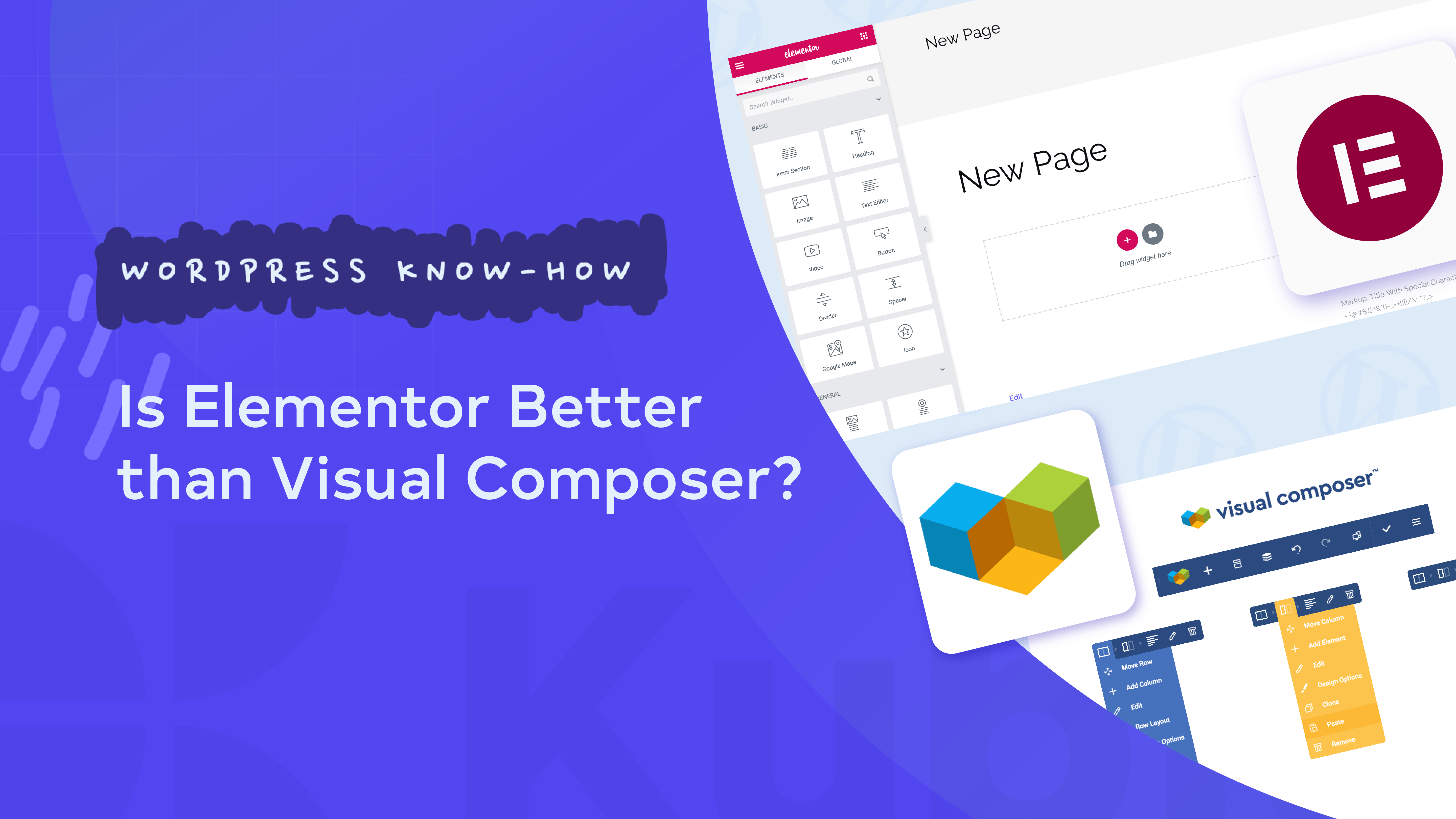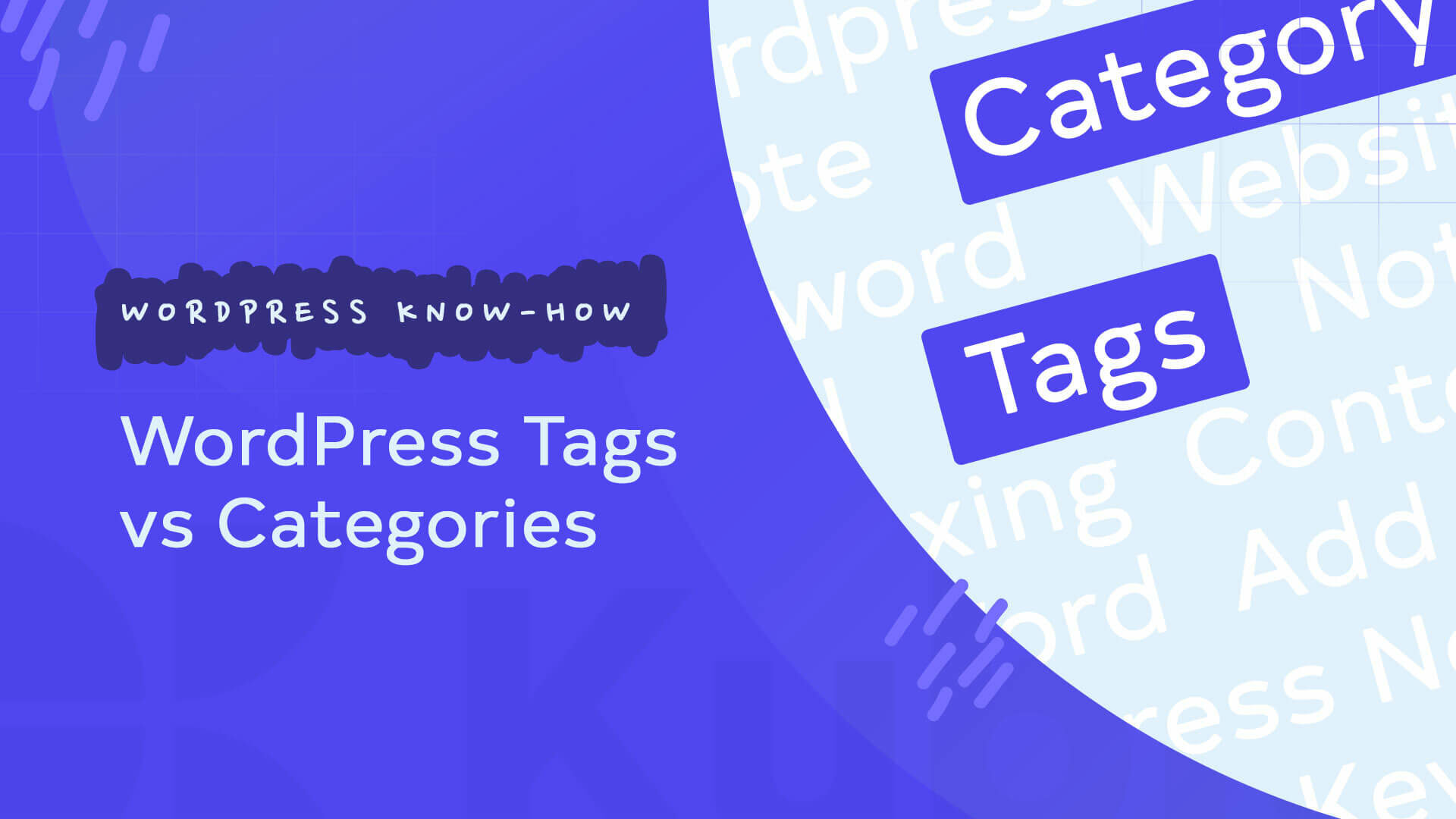A website is the perfect way to share something with the world. Whether you want to promote your business, talk about your life, or publish creative works, setting up a website lets you get your message out.
But for many people, a lack of coding skills is a stumbling block. Without programming know-how, building a website from scratch can prove tricky. Fortunately, there are more intuitive options for people who don’t know how to code. Building a website with WordPress is the perfect solution. As soon as you sign up, you have access to WordPress themes and tools like the built-in Gutenberg block editor.
However, while these basics can be handy to get you started, the default options come with drawbacks. Comparing Gutenberg with Elementor, the Gutenberg block editor provides limited functionality and can be tricky for beginners to grasp. Sticking to default themes has its downsides too. Your website could end up looking like hundreds or even thousands of others. That alone makes it more difficult to create a unique brand identity.
These negatives mean that many people start looking at site editing plugins instead. These allow you to get the benefits of a WordPress site but with more functionality. Elementor and Visual Composer are two popular choices. But deciding between these options can be tough because they have a lot in common. We’re making it easier for you to decide by comparing them side-by-side.
Understanding Elementor and Visual Composer
Both Elementor and Visual Composer are drag-and-drop site builders that make it easy to customize your website. The drag-and-drop functionality means you can place and move around different elements without the need for coding skills. You can choose from several templates to get started and tailor the look and feel of your site to your needs.
Visual Composer is one of the oldest WordPress page builders, having launched in 2011. Elementor is a newer option, released in 2016, but it has quickly become one of the most popular options. Both offer the ability to create a website without code, but let’s take a look at how they compare and measure up to each other.
Features: A comparative analysis
Elementor and Visual Composer look and feel very similar. They share features such as an editing sidebar on the left of the screen and drag-and-drop functionality. They’re designed to be user-friendly and intuitive to use. However, there are also some major differences between them.
- Design flexibility: Elementor allows the creation of custom columns, while Visual Composer limits the layout to premade columns.

- Workflow options: You can use Elementor to make all changes from a single view. Visual Composer offers the option of making changes in a live preview or tree view, which allows you to quickly navigate through elements on the page.
- Customization: Elementor beats Visual Composer in terms of customization, offering far more flexibility. However, beginners might prefer the limited nature of Visual Composer, which has the potential to be less overwhelming.
- Clean code: Elementor has a reputation for its clean code, which means that if you stop using it, your site will remain functional (although it will lose its web design elements). Visual Composer also uses clean code and doesn’t use any shortcode.

- Available content elements: The free and basic version of Elementor provides 30 widgets, with more available with the paid pro version. Visual Composer gives you 40 to get you started and hundreds of additional widgets if you pay for premium. This includes dynamic content elements and the ability to use CSS to add features.
- Templates: Elementor gives you 30 templates, as well as access to user-created templates and the ability to create your own. Visual Composer offers over 300 templates (premium), with templates designed to suit different needs and use cases.

Price point: Elementor vs. Visual Composer
Price is always an important factor when you’re trying to find the right tools for your website. Both Elementor and Visual Composer have free versions to offer, but a paid license opens up more options for creating a unique website.
Elementor has an annual license fee only, which starts at $59 per year for one site. This goes up to $399 per year for up to 1,000 sites.
Visual Composer beats Elementor on price with their $49 annual subscription for a single site and $349 per year for 1,000 sites. They also offer a lifetime option, costing $149 for a single site. Additionally, you can bundle the plugin with website hosting, which is $19.99 a month for a single site.
Choosing the right page builder for your needs
Now that you have all the details of features and pricing to start comparing Elementor vs. Visual Composer, let’s take a closer look at how to choose the right web builder for your needs.
Think about the following considerations:
| Scalability | What are your long-term goals for your website? You need a builder that will still be useful for you in the future, as well as in the present. |
| Security | There are several security features to look for. Choose a website builder that provides SSL certificates, is regularly updated, and offers security features to protect your site from threats. |
| Support and resources | The support should have resources that are easy for you to understand and process. Both Elementor and Visual Composer offer great customer support: Spend some time looking through what their respective support systems consist of and what type of help they provide. |
If you want more advice on which website builder could be right for you, product reviews can be particularly helpful. Compare overall ratings, review numbers, and individual reviews to see what users have to say.
Elementor and Visual Composer currently have a very similar rating of 4.6 stars out of 5 on their WordPress plugin pages. However, Elementor has been rated more than 6,000 times, whereas Visual Composer only has a little over 200 ratings. It should also be noted that Elementor is much more popular, with over 5 million active installations, while Visual Composer only has 70,000+.
Want to find out how Elementor stacks up against other site builders like WP Bakery? Read our guide: WP Bakery Vs Elementor: A WordPress Guide
Introducing Kubio: Your ultimate page builder
Elementor and Visual Composer are just two possible options for anyone looking for a website builder. Site owners should also explore other tools, including the Kubio web builder.
Kubio is a fantastic tool that’s perfect for beginners who are new to website building. Sites built with Kubio will take you into the future too, helping you develop your website further. Like other website-building plugins, Kubio doesn’t require any knowledge of code and features real-time drag-and-drop design for easy website creation.
One of Kubio’s most exciting features is its AI page creator. This is a tool which, after you put in some details, automatically generates a first draft of your entire site. This includes image generation, landing page copy, and more. It’s only a first draft – you’ll need to edit it to get things just right – but it makes for a phenomenal, highly-tailored starting point.
Kubio also has a massive template library of starter sites to choose from, each of which is professionally designed with specific needs in mind. For example, you can select from sites for photographers, schools, gyms, florists, coffee shops, and so much more. You also have the benefit of over 340 sections and block combinations, making it simple to build a website that’s both highly functional and visually stunning.
Unleash your creativity with complete design freedom
You have complete freedom to get creative with Kubio. It expands on the built-in WordPress Gutenberg block editor to give you total control over your website and bring your dream to life.
With Kubio, you can change every detail of your website within one interface, including:
- Typography
- Color schemes
- Image size and placement
- Site navigation
- In-line text editing
- Headers, footers, and sidebars
- Parallax scrolling
- Element animation
Kubio gives you the power to check the performance of your site on mobile devices too. With the simulated tablet and smartphone modes, you can ensure your website design is responsive and works for all users. You can choose to hide certain features from mobile users to ensure they get the same great performance as laptop and desktop users.

Brand storytelling with Kubio
Your website is a tool you can use to tell a story about your brand and tell customers about who you are. Kubio gives you several ways to enhance your brand’s storytelling.
Engaging visuals: Kubio’s starter sites are professionally designed, offering stunning visuals. They can be fully customized to suit your brand, with endless options for typography, color palettes, icons, buttons, and layouts.
Consistency: Keep everything consistent for a memorable brand that leaves a good impression. Kubio allows you to edit all pages of your site from one interface, making consistency easily achievable.
Interactivity: With Kubio’s interactive elements, you can engage your users and keep them on your site. Embed videos, build interactive forms and more to engage your audience, connect with them, and begin forming great customer relationships. People are more likely to return to your site when you use these interactive elements.
Make a lasting impression: Create memorable websites with Kubio
Visual Composer and Elementor are both great options for building your website. They’re well-known and have generally good ratings. However, Kubio offers you an even better alternative to Elementor and Visual Composer for creating a WordPress website that highlights your product, service, or personal work.
Kubio includes a huge number of starter sites and templates to get you started and inspire you. You can edit everything, changing even the smallest details to get the right look and feel for your brand. And it’s super intuitive too, thanks to the single interface that simplifies everything and makes Kubio easy to learn. Download the Kubio plugin today and take full control of your WordPress site. Start building your website with all the tools you need at your fingertips!






